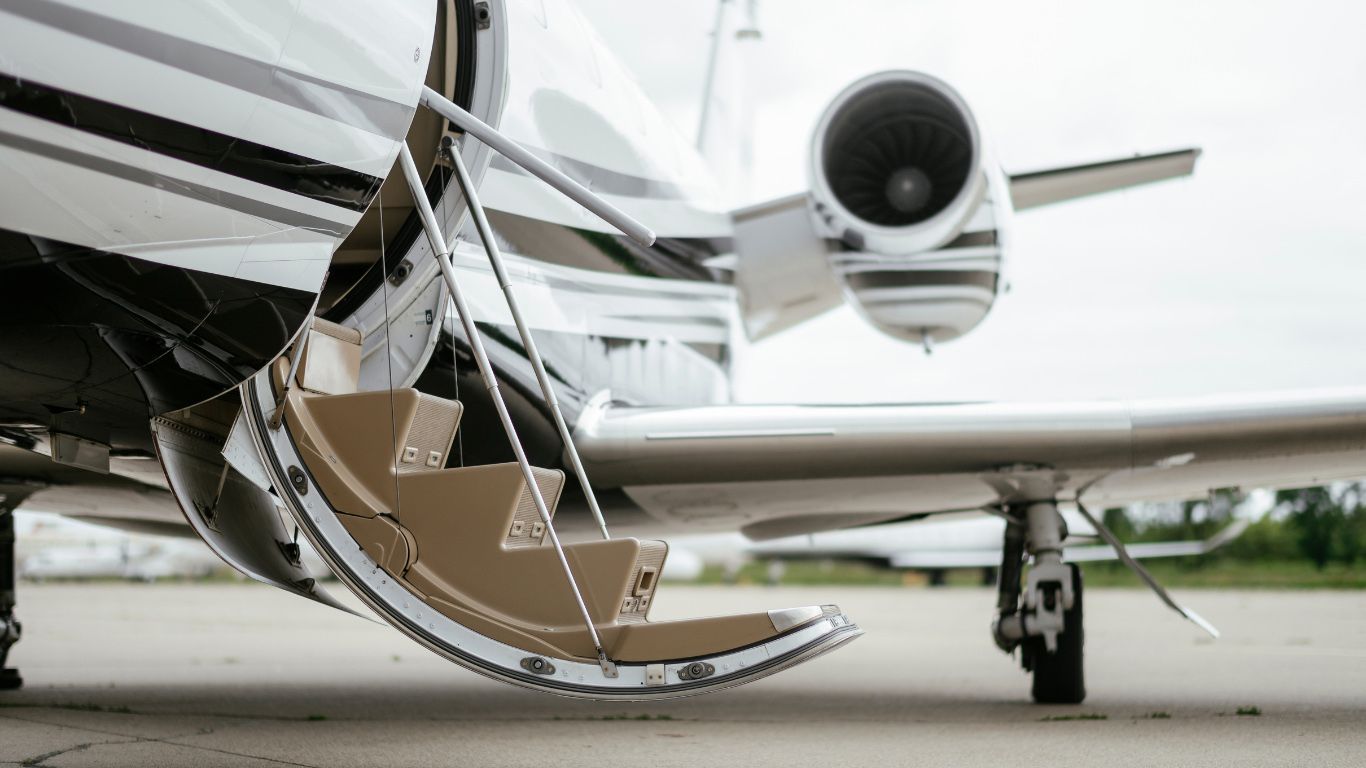Mila Frohlichstein
A Comprehensive Guide to Aeromedical Certification for Pilots
Aeromedical certifications are a critical aspect of aviation, ensuring that pilots meet the health and fitness standards required to safely operate an aircraft. This guide aims to demystify the process of obtaining and maintaining aeromedical certifications, providing pilots with the information they need to navigate this essential component of their career with confidence.
Understanding Aeromedical Certifications
Aeromedical certifications are designed to assess a pilot's physical and mental fitness to fly. These evaluations are conducted by aviation medical examiners (AMEs) who are specifically trained to understand the stresses of flying and how various medical conditions might affect a pilot's ability to safely operate an aircraft.
The Types of Aeromedical Certifications
There are primarily three classes of aeromedical certificates issued by aviation authorities:
First-Class Medical Certificate: Required for airline transport pilots. It has the most stringent health requirements and must be renewed more frequently.- Second-Class Medical Certificate: Necessary for commercial pilots who fly for compensation or hire.
- Third-Class Medical Certificate: Sufficient for student, recreational, and private pilots.
The class of certificate required depends on the type of flying the pilot intends to do, with each class having its own set of medical standards and validity periods.
The Examination Process
The aeromedical examination assesses several health aspects, including but not limited to:
Vision and hearing- Cardiovascular health
- Neurological health
- Mental health
- Substance use
Pilots must provide their full medical history and may undergo physical examinations, vision tests, hearing tests, and possibly additional tests based on their health history.
Preparing for Your Aeromedical Examination
To ensure a smooth examination process, pilots should:
Gather their medical history and any relevant documentation related to previous health conditions or treatments.- Make a list of all medications currently being taken, including dosages and the names of prescribing physicians.
- Avoid consuming caffeine or energy drinks before the exam, as these can affect blood pressure readings.
- Get a good night's sleep and try to schedule the exam at a time when they are well-rested.
Managing Medical Conditions
A medical condition doesn't necessarily disqualify someone from flying. Many conditions can be managed in a way that allows pilots to meet the necessary medical standards. In some cases, the aviation medical examiner can issue a certificate with restrictions, or the pilot may apply for a Special Issuance Medical Certificate, which allows them to fly under specific conditions or with certain limitations.
The Role of Aeromedical Support Services
Aeromedical support services, like those provided by Airdocs, offer invaluable assistance to pilots navigating the aeromedical certification process. These services can help with everything from preparing for the examination to managing medical conditions in a way that complies with aviation standards.
Aeromedical certifications are a cornerstone of aviation safety, ensuring that pilots are physically and mentally equipped to handle the demands of flying. By understanding the types of certifications, the examination process, and how to manage medical conditions, pilots can approach their aeromedical certification with confidence. With the support of aeromedical services, pilots can maintain their health standards, meet regulatory requirements, and continue to safely pursue their passion for flying.








